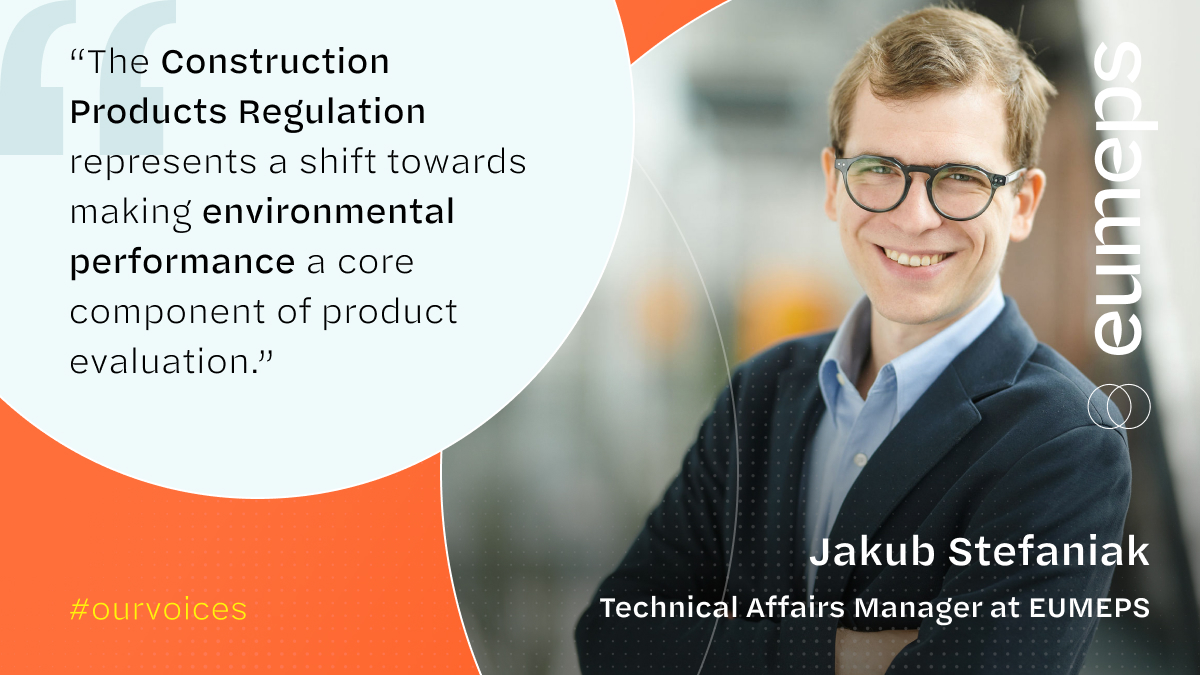The European construction sector has reached a milestone with the publication of the new Construction Products Regulation (CPR) in the Official Journal. Officially titled Regulation (EU) 2024/3110 of the European Parliament and of the Council of 27 November 2024, the legislation establishes harmonised rules for the marketing of construction products across the EU, replacing Regulation (EU) No 305/2011. The regulation, published in the EU Official Journal on 18 December 2024, marks a pivotal step toward a sustainable, efficient, and harmonised construction industry in Europe.
Key Objectives of the Revised CPR
The Construction Products Regulation serves as the backbone of the European construction sector’s regulatory framework. By setting rigorous standards for the performance, safety, and environmental impact of construction products, the CPR fosters harmonisation across Member States while enabling a seamless single market for these products.
With the revised CPR, the European Union aims to:
- Strengthen Standardisation Processes: Addressing bottlenecks in the creation of harmonised standards to simplify compliance across the single market.
- Enhance Sustainability: Integrating environmental considerations into performance declarations, advancing the EU’s climate-neutral objectives.
- Promote Digital Transformation: Leveraging digital tools to improve transparency and efficiency in product assessments.
- Facilitate Free Movement of Goods: Ensuring uniform rules that eliminate the need for redundant testing across Member States.
For the Expanded Polystyrene (EPS) industry, the revised CPR opens new opportunities to showcase the material’s efficiency, versatility, and alignment with circular economy principles.
Insights from EUMEPS: Industry Perspectives
 EUMEPS EU Technical Affairs Manager, Jakub Stefaniak, highlighted the significance of the revised CPR for the EPS sector. “This regulation represents a shift towards making environmental performance a core component of product evaluation,” he stated. The EPS industry, with its focus on recyclability, insulation efficiency, and lightweight properties, is well-positioned to meet these evolving requirements.
EUMEPS EU Technical Affairs Manager, Jakub Stefaniak, highlighted the significance of the revised CPR for the EPS sector. “This regulation represents a shift towards making environmental performance a core component of product evaluation,” he stated. The EPS industry, with its focus on recyclability, insulation efficiency, and lightweight properties, is well-positioned to meet these evolving requirements.
Jakub Stefaniak also noted the potential for improved standardisation processes through the introduction of the CPR Acquis Process, which fosters better collaboration between stakeholders, Member States, and the European Commission. This approach is expected to resolve longstanding bottlenecks, enabling faster development and adoption of harmonised standards.
Implications for the European Construction Industry
The adoption and publication of the new CPR mark the beginning of a transformative era for the European construction industry. Key implications include:
- Accelerated Sustainability Efforts: By including LCA (Life Cycle Assessment) as part of performance and conformity, the CPR reinforces the importance of sustainability in construction materials.
- Boost to Digital Integration: Digital tools will streamline product performance assessments and foster innovation in product design.
- Harmonisation of Rules: Uniform standards across Member States will reduce trade barriers and encourage a competitive, efficient market for construction products.
- Enhanced Role for EPS: The material’s attributes, including resource efficiency, recyclability, and high performance, align with the CPR’s sustainability goals.
A Future-Focused Vision
The revised CPR not only strengthens the regulatory framework but also sets a bold vision for the construction sector’s contribution to a climate-neutral, resource-efficient Europe. The EPS industry is uniquely positioned to thrive in this new landscape, driving forward innovation in sustainable construction solutions.
Conclusion
The publication of the revised CPR shows EU’s commitment to harmonisation, sustainability, and innovation in the construction sector. As the regulation enters into force, stakeholders across the industry must adapt to the new framework while seizing the opportunities it presents.
EUMEPS remains dedicated to supporting its members through this transition, ensuring the EPS sector is equipped to lead in aligning with the CPR’s objectives. By leveraging the regulation’s framework, the industry can make significant strides in advancing sustainability and contributing to the EU’s environmental and economic goals. Together, we move closer to a future where construction practices are efficient, sustainable, and in harmony with Europe’s vision for climate neutrality.

